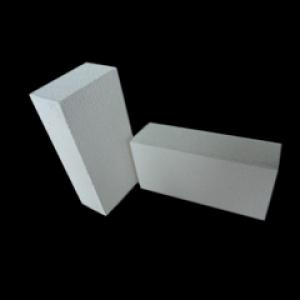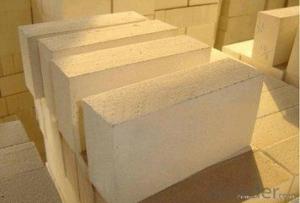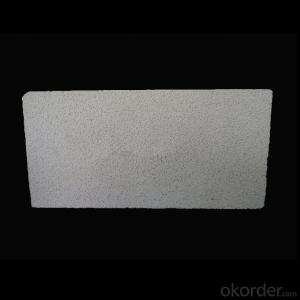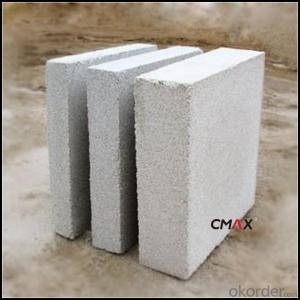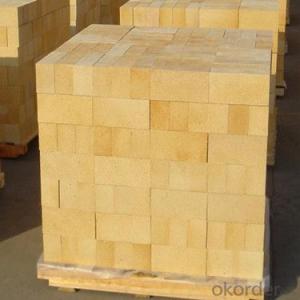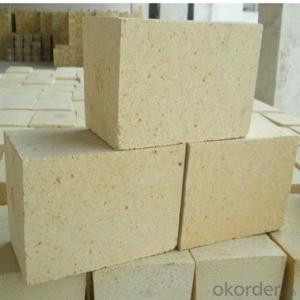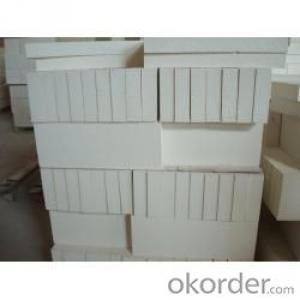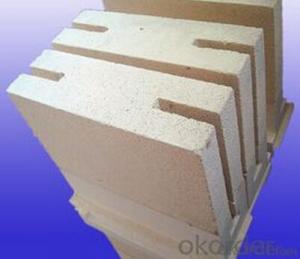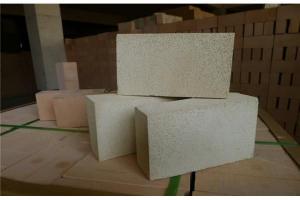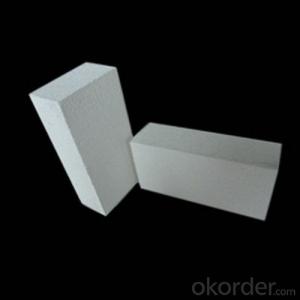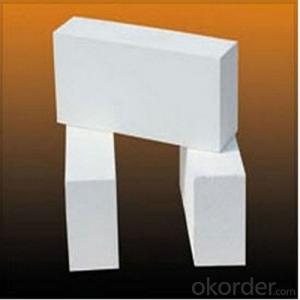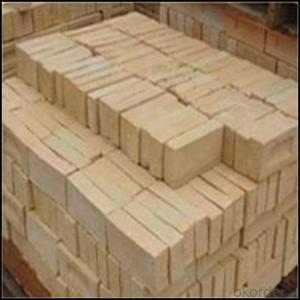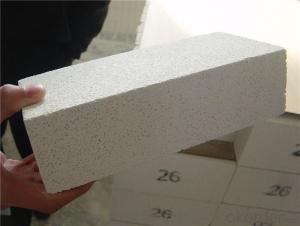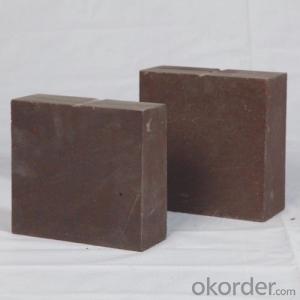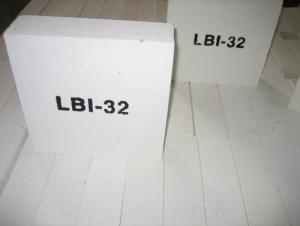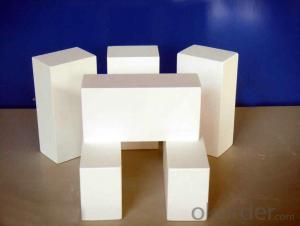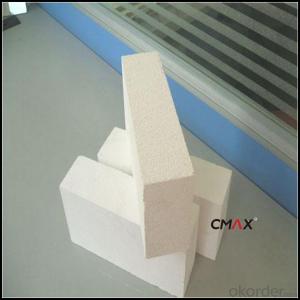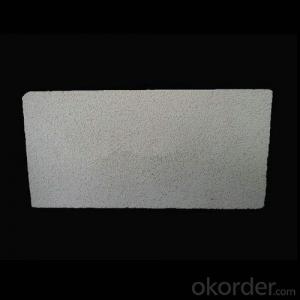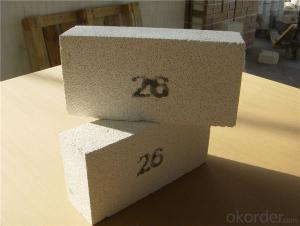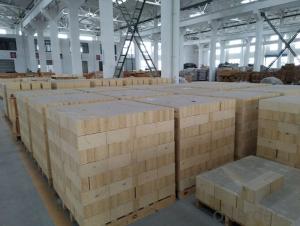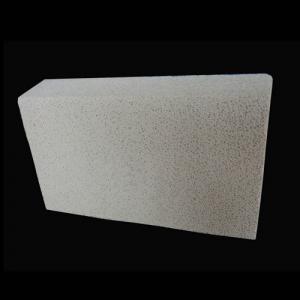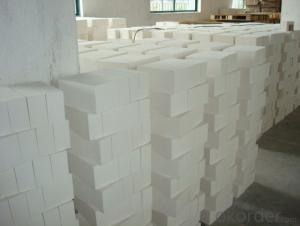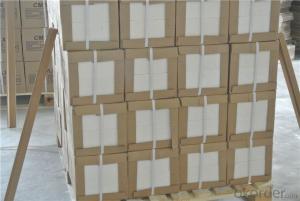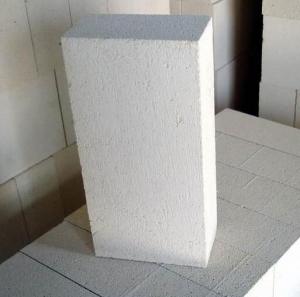Grade 28 Insulating Firebrick
Grade 28 Insulating Firebrick Related Searches
Medium Duty Firebrick Fireproof Insulation Wrap Insulation Board 25Mm Insulated Floor Boards 3 Inch Insulation Board Underfloor Heating Insulation Boards Flexible Pipe Insulation Cast Iron Fireplace Insert Flame Proof Forklifts Industrial Grade Carpet Indoor Fireplace Roof Foam Board Insulation Insolation Board Roxul Fireproof Insulation 4 Inch Foam Insulation Board Furnace Insulation Blanket Tapered Insulation Board 3 Foam Board Insulation Insulation Plate 4 Inch Foam Board Insulation Ventless Fireplace Insert Real Flame Electric Fireplace Exterior Rigid Foam Insulation Type C Sheetrock Insulating Paint Corner Infrared Fireplace Fireplace Heat Exchanger Indoor Window Insulator Insulated Plasterboard For Ceilings 18 Mm PlasterboardGrade 28 Insulating Firebrick Supplier & Manufacturer from China
Grade 28 Insulating Firebrick is a high-quality product designed for use in various industrial applications, particularly in environments where high temperatures and insulation are required. These bricks are made from a special composition that provides excellent thermal insulation properties, making them ideal for use in furnaces, kilns, and other high-heat settings. The unique properties of Grade 28 Insulating Firebrick allow for efficient heat management, which in turn helps to improve the overall performance and efficiency of industrial processes.Grade 28 Insulating Firebrick is widely used in a variety of industries, including steel manufacturing, glass production, and cement production, among others. The product's ability to withstand extreme temperatures and provide effective insulation makes it a popular choice for those looking to maintain optimal operating conditions in their facilities. By using Grade 28 Insulating Firebrick, companies can reduce energy consumption, minimize heat loss, and protect their equipment from the damaging effects of high temperatures.
Okorder.com is a leading wholesale supplier of Grade 28 Insulating Firebrick, offering a vast inventory of this essential product to meet the needs of various industries. As a trusted supplier, Okorder.com ensures that customers receive high-quality Grade 28 Insulating Firebrick at competitive prices, making it an ideal choice for those looking to source this product in bulk. With a commitment to customer satisfaction and a focus on providing reliable, high-performance products, Okorder.com is the go-to source for Grade 28 Insulating Firebrick and other essential industrial materials.
Hot Products


